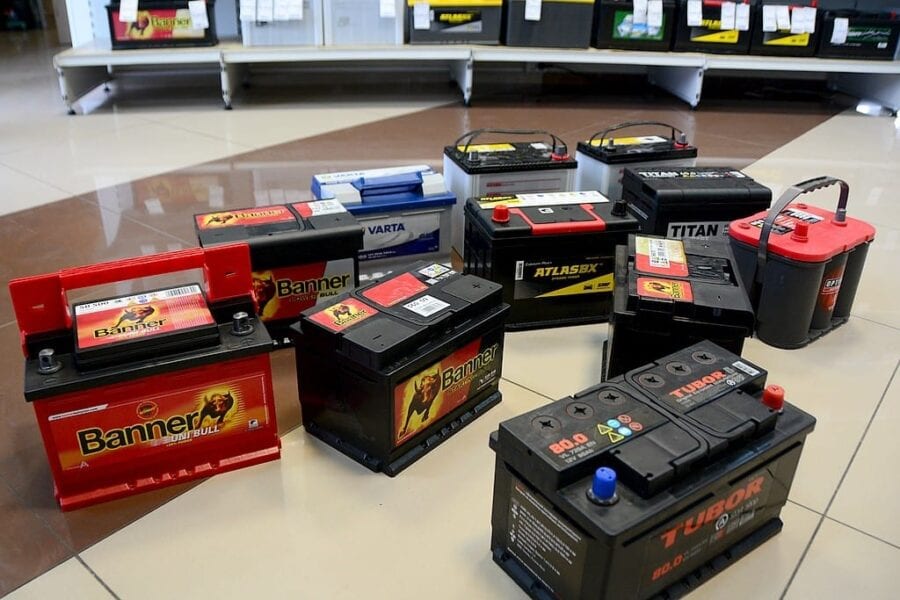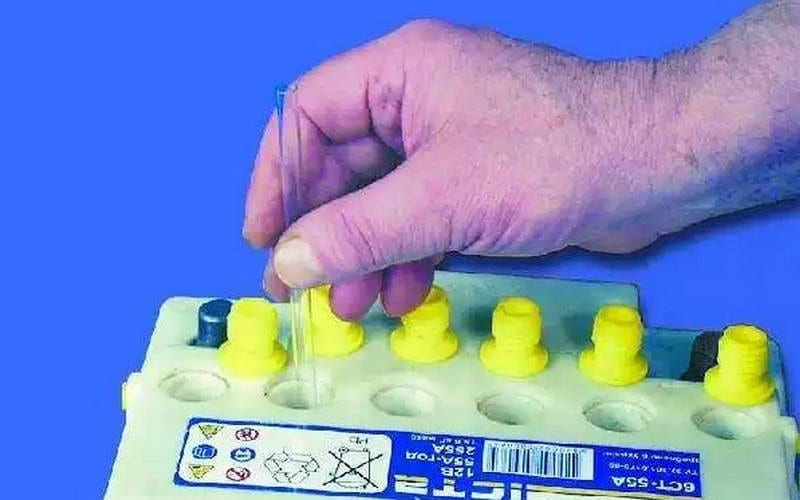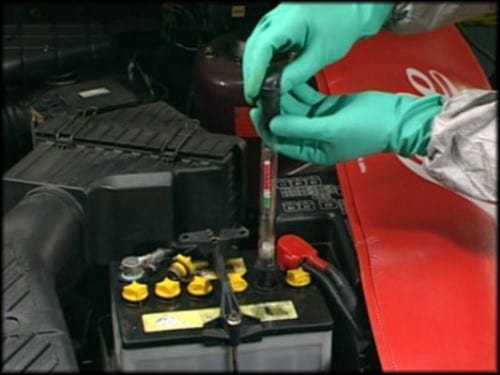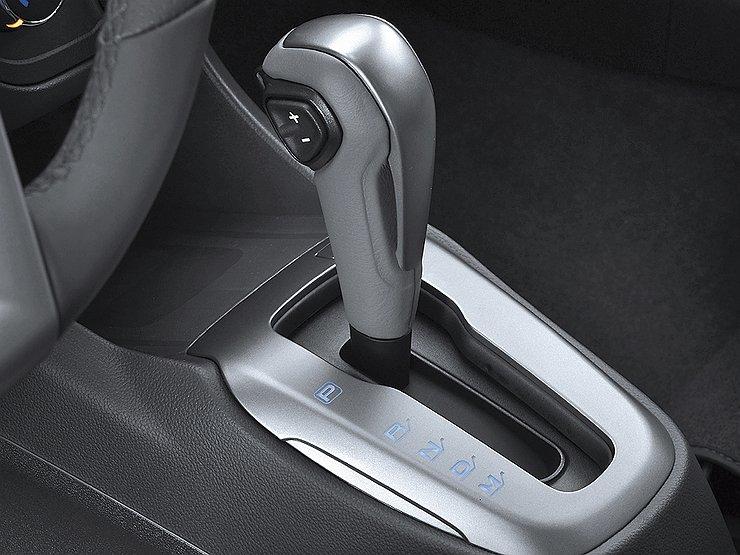
What acid is used in batteries?
Content
Have you ever wondered if the battery really has acid, and if so, what is it? If you don’t know, and you are interested in learning a little more about whether there is acid, what it is and why it is suitable for the batteries you use, stay with us.
Let's start over ...
You know that the most popular batteries that are equipped with almost 90% of modern cars are lead-acid.
Roughly speaking, such a battery consists of a box in which plates (usually lead) are placed in the cells, which play the role of positive and negative electrodes. These lead plates are coated with a fluid called an electrolyte.
The mass of electrolyte in the battery consists of acid and water.
What is the acid in the batteries?
The acid in a car battery is sulfuric. Sulfuric acid (chemically pure sulfuric acid) is a colorless and odorless strong dibasic viscous liquid with a density of 1,83213 g/cm3.
Acid is not concentrated in your battery, but is diluted with water (distilled water) in the ratio of 70% water and 30% H2SO4 (sulfuric acid).
Why is this acid used in batteries?
Sulfuric acid is the most active inorganic acid, which interacts with almost all metals and their oxides. Without this, it will be completely impossible to discharge and charge the battery. However, how the charging and discharging processes will occur depends on the amount of distilled water, which dilutes the acid.
Or ... The summary that we can give on the question of what kind of acid is in the batteries is as follows:
Each lead-acid battery has sulfuric acid. This (acid) is not in pure but in diluted form and is called an electrolyte.
This electrolyte has a certain density and level, which decreases over time, so it is useful to regularly check them and increase if necessary.

How is the electrolyte in the battery controlled?
To make sure that you care about the battery of your car, it is recommended that you regularly check the level and density of the working fluid (electrolyte).
You can check the level using a small glass rod or the transparent exterior of a simple pen. To measure the level, you must unscrew the covers of the battery compartment (this check is possible only if your battery is working) and immerse the rod in electrolyte.
If the plates are completely covered with liquid and if it is about 15 mm. above the plates, this means that the level is good. If the plates are not well coated, you need to raise the electrolyte level a little.
You can do this by buying and adding distilled water. It is very easy to fill (in the usual way), just be careful not to overfill the battery with water.
Use only distilled water, not plain water. Normal water contains impurities that not only significantly reduce battery life, but if there are enough, they can directly turn it off.
To measure density, you will need a device called a hydrometer. This device is usually a glass tube with a measuring scale on the outside and a mercury tube on the inside.
If you have a hydrometer, you just need to lower it to the bottom of the battery, collect the electrolyte (the device acts as a pipette) and see the values it will read. The normal density is 1,27 - 1,29 g / cm3. and if your device shows this value then the density is ok, but if the values are not then you will probably have to increase the density of the electrolyte.
How to increase the density?
If the density is less than 1,27 g / cm3, you need to increase the concentration of sulfuric acid. There are two options for this: either buy a ready-made electrolyte, or make your own electrolyte.
If you focus on the second option, you must be very, very careful!

Before starting work, wear rubber gloves and safety glasses and secure them well. Choose a room with adequate ventilation and do not let children get close while you work.
Dilution of sulfuric acid is carried out in distilled water in a fine stream / stream. When pouring acid, it is necessary to constantly stir the solution with a glass rod. When finished, you should cover the substance with a towel and let it cool and stand overnight.
Extremely important! Always pour water into a bowl first and then add acid to it. If you change the sequence, you will get a heat reaction and burns!
If you intend to use the battery in a temperate climate, the acid / water ratio should be 0,36 liters. acid per 1 liter of distilled water, and if the climate is warmer, the ratio is 0,33 liters. acid per liter of water.
Tip. Although you can increase the density of the working fluid yourself, a more reasonable solution, especially if your battery is old, is to simply replace it with a new one. Thus, you do not have to worry about the correct dilution of the acid, as well as the error when mixing or pouring into the battery.
It became clear what acid is in the batteries, but is it dangerous?
Battery acid, although diluted, is a volatile and dangerous substance that not only pollutes the environment, but can also cause serious harm to human health. Inhaling acid fumes can not only make breathing difficult, but can also cause side effects in the lungs and airways.
Long-term exposure to fog or acid fumes of the battery can lead to diseases such as cataracts of the upper respiratory tract, tissue corrosion, oral disorders and others.
Once on the skin, this acid can cause redness, burns, and more. If it gets in your eyes, it can lead to blindness.
In addition to the fact that battery acid is hazardous to health, it is also harmful to the environment. A discarded old battery in a landfill or spilled electrolyte can pollute groundwater, resulting in an environmental disaster.
Therefore, the recommendations of specialists are as follows:
- always check the level and density of electrolyte in ventilated rooms;
- if battery acid gets into your hands, immediately rinse with a solution of water and baking soda.

Take the necessary precautions when handling acid.
- if the density of the electrolyte is low, it is better to contact a specialized service and not try to do it yourself. Working with sulfuric acid without the necessary training and knowledge can not only permanently damage your battery, but also damage your health;
- if you have an old battery, do not throw it in the trash, but look for specialized landfills (or stores that accept old batteries). Because batteries are hazardous waste, disposing of them in landfills or containers can lead to environmental disaster. Over time, the electrolyte in the battery will spill and pollute the soil and groundwater.
By transferring your old battery to designated places, you will not only take care of the environment and other people's health, but also help the economy, as rechargeable batteries can be recycled.
We hope that we have brought a little more clarity to what kind of acid is in the batteries and why this acid is used. We also hope that the next time you have to replace your battery with a new one, you will make sure that the old one is used for recycling, so that it does not pollute the environment and does not harm people's health.
Questions and answers:
What is the acid concentration in the battery? The lead acid battery uses sulfuric acid. It mixes with distilled water. The percentage of acid is 30-35% of the electrolyte volume.
What is sulfuric acid in a battery for? While charging, the positive plates release electrons, and the negative ones accept lead oxide. During the discharge, the opposite process takes place against the background of sulfuric acid.
What happens if battery acid gets on your skin? If the electrolyte is used without protective equipment (gloves, respirator and goggles), then a chemical burn is formed upon contact of the acid with the skin.

2 comment
Olav Nordbø
The sulfuric acid used, what concentration is it. ?
(The “battery acid” that is sold is only 37,5%)
István Gallai
Why is the sulfuric acid in the battery brown?